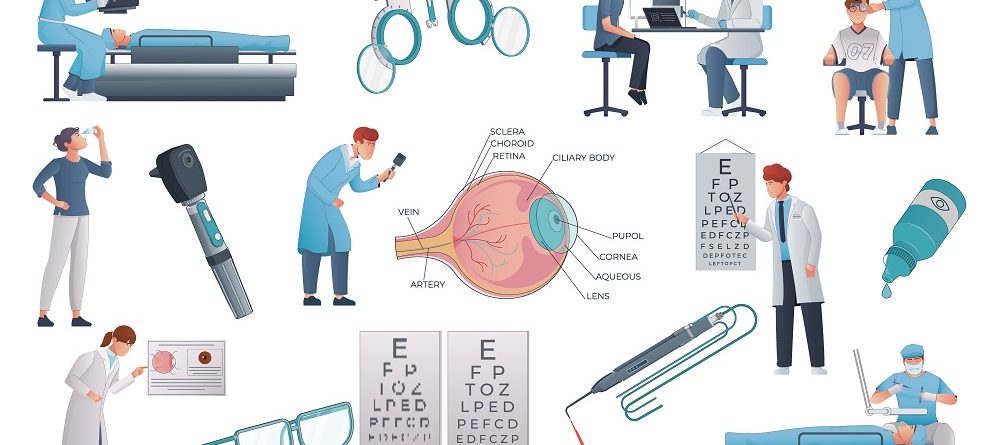Eye Health and Diabetes
ADV Care2024-03-08T12:30:10-05:00Diabetes and eyesight are intricately linked. Maintaining tight control over glucose levels is crucial for keeping eyes healthy and vision clear. Individuals with diabetes face an increased risk of developing various eye problems, including diabetic retinopathy and diabetic macular edema, which can lead to vision loss if left untreated.
Types of Diabetes-Related Eye Conditions:
People with both Type 1 and Type 2 diabetes are particularly susceptible to specific eye ailments, such as cataracts, glaucoma, retinal damage, and macular edema. These diabetes-related eye issues represent a leading cause of vision impairment among working-age adults in the United States. Therefore, taking proactive steps to safeguard eye health is imperative for individuals living with diabetes.
Common Diabetic Eye Conditions:
Diabetic Retinopathy: Diabetic retinopathy manifests when blood vessels in the retina swell, rupture, and hemorrhage, primarily triggered by elevated blood sugar levels. The retina, responsible for transmitting visual signals to the brain, sustains damage, leading to vision impairment. Symptoms include blurry vision, difficulty seeing in low light, changes in vision quality, and the appearance of dark spots or floaters.
Macular Edema: Diabetic macular edema involves swelling of the macula, the region responsible for transmitting high-resolution images to the brain. Uncontrolled blood sugar levels can cause abnormal growth and leakage of blood vessels into the macula, resulting in blurred central vision.
Glaucoma: Glaucoma occurs due to optic nerve damage, often driven by elevated intraocular pressure. In diabetes-induced glaucoma, high blood sugar levels prompt the growth of new blood vessels on the iris, elevating eye pressure and potentially leading to irreversible vision loss.
Cataracts: Individuals with diabetes are predisposed to earlier onset and progression of cataracts, characterized by clouding of the eye’s lens. Effective blood sugar control is essential in delaying cataract development.
Management and Treatment:
While complete reversal of diabetic eye conditions is not feasible, various treatments can prevent further deterioration. Interventions may include medication, laser therapy, and surgery, such as cataract removal, which can significantly improve vision and enhance the effectiveness of adjunctive treatments.
Protecting Eye Health with Diabetes:
Maintaining optimal blood sugar levels, scheduling regular eye examinations, wearing protective sunglasses, controlling blood pressure, and abstaining from smoking are vital strategies for preserving vision and preventing diabetic eye complications. Promptly reporting any vision changes or unusual symptoms to an eye care specialist is crucial for timely intervention.
Beyond Eye Health: Managing Diabetes Complications:
In addition to eye-related issues, individuals with diabetes should be vigilant about other potential complications, including stroke, kidney failure, heart disease, vascular disease, and foot problems. Proactive management, lifestyle modifications, and regular medical monitoring are essential in mitigating the risks associated with diabetes.
The intricate interplay between diabetes and eyesight underscores the importance of proactive management and preventive measures. Yearly eye examinations are essential for early detection of diabetic eye problems, ensuring timely intervention and preserving overall eye health. By prioritizing comprehensive diabetes care and adhering to lifestyle recommendations, individuals can safeguard their vision and enhance their quality of life.











